Baking gluten-free can be hard if you don't have the right ingredients to keep your baked goods moist, stable, flexible, and soft. Psyllium husk has emerged in gluten-free baking and became extremely popular due to its ability to mimic the elasticity of 'regular' wheat baked goods. In this article, we will dive into the types of psyllium husk, where to get it, and what you can make with it!
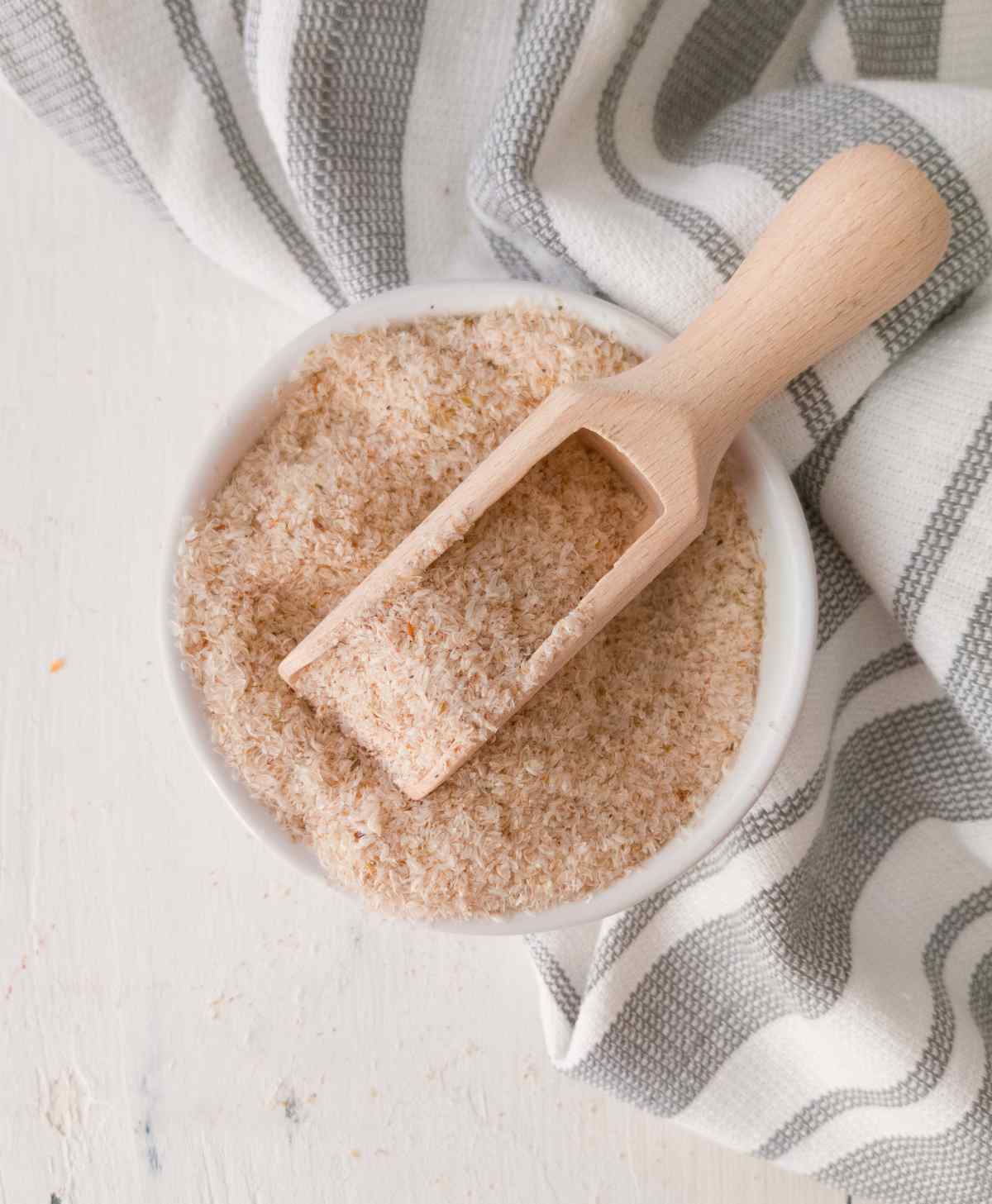
Jump to:
What Is Psyllium Husk?
Psyllium husk is a type of fiber that is gathered from the seeds of the Plantago ovata plant which is grown in India. Because it is a plant-based fiber, psyllium husk is often used as a supplement to help with constipation. In gluten-free baking, it is used to thicken the batter and create the elasticity gluten-free dough normally lacks!
Psyllium husk is a hydrocolloid which means that when it comes in contact with liquid it forms into a gel and keeps that liquid together. Because of such properties, gluten-free baked goods retain more moisture if baked with psyllium husk, which is wonderful news because who is not yet tired of dry and crumbly gluten-free bread?
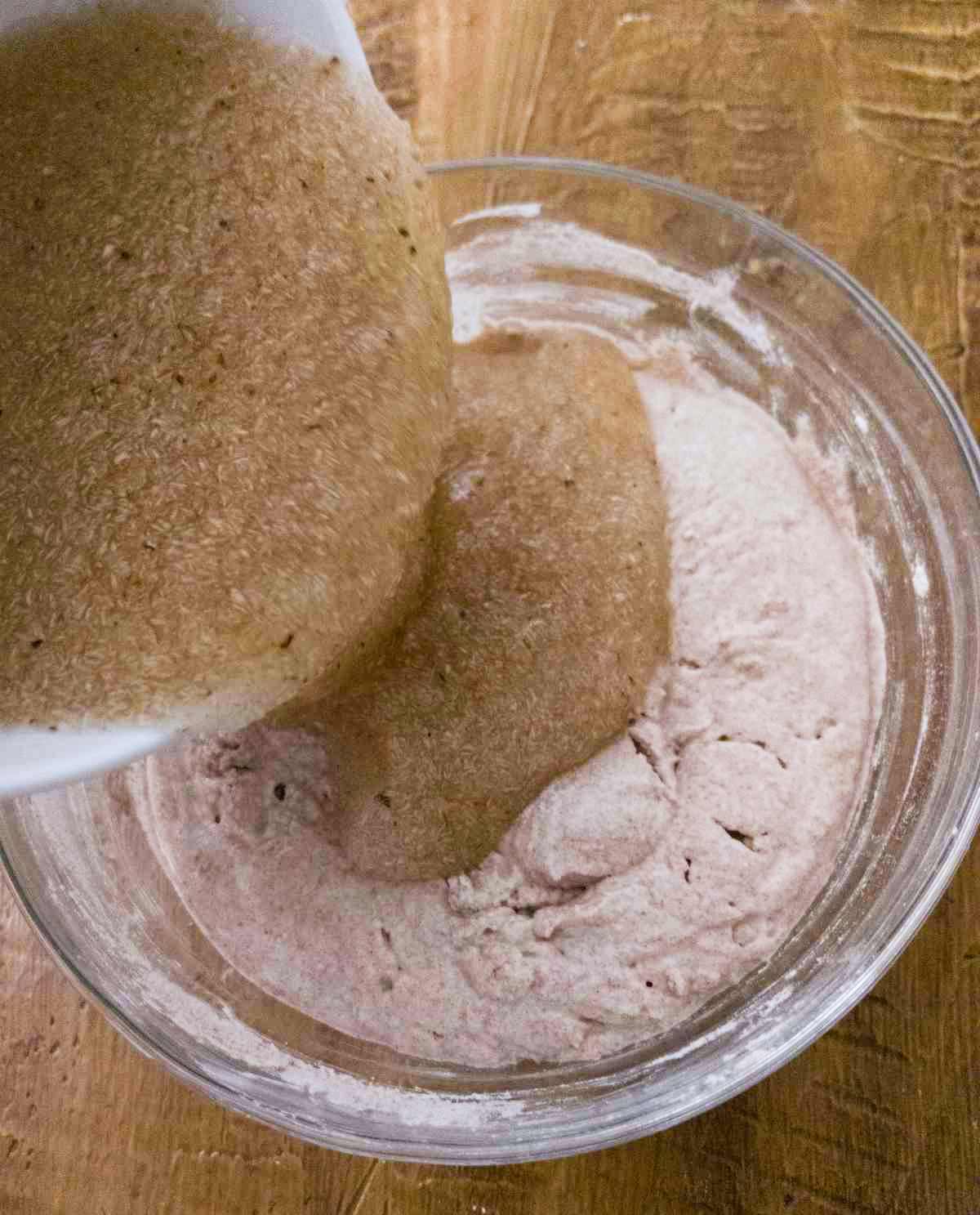
If you add psyllium gel to the gluten-free dough, it will become elastic, stretchy, and easy to knead and handle. No more need to pour your batter into the bread pan! With psyllium husk, you can make braided bread, Dutch oven bread, cinnamon rolls, and many other recipes without trouble.
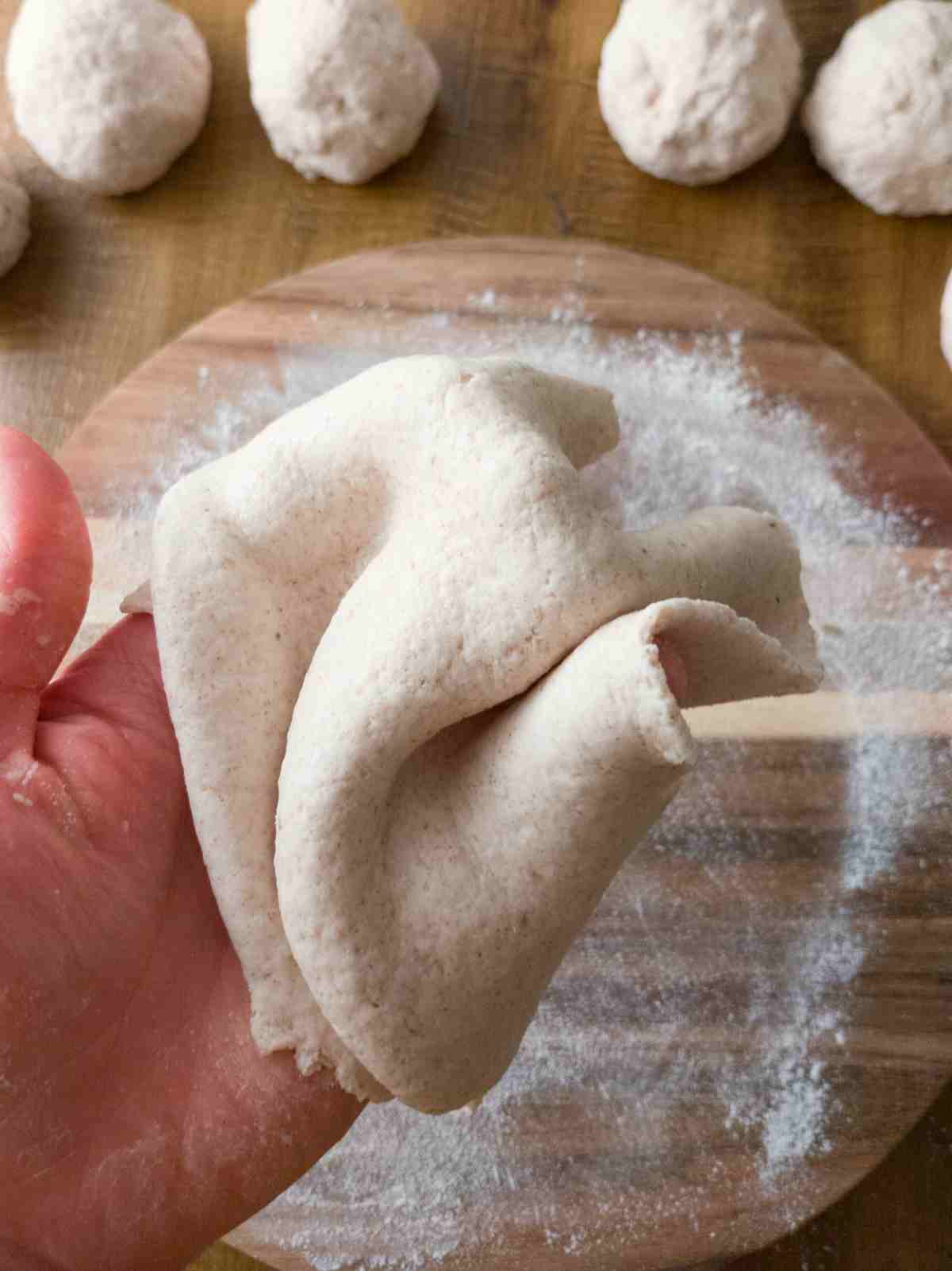
Is it gluten-free?
Yes, psyllium husk is completely gluten-free and all people with any level of gluten intolerance can have psyllium husk unless they are allergic to psyllium husk specifically.
What does it taste like?
While some people claim psyllium doesn't have a flavor, others will ensure you they can feel the taste of it in their baked goods! I personally only noticed its special smell, it smells kind of like mushrooms. However, I have never been able to tell the taste of it in my bread!
The role of psyllium husk in flour blends
Psyllium husk acts as a binder and a thickener in gluten-free flour much like gluten does in wheat flour. It allows you to knead and shape the dough, helps with expanding during rising/proofing, and creates a chewy crumb very similar to regular bread.
Psyllium husk is not the same as xanthan gum, in fact, they are very different from each other! Psyllium husk makes dough stretchy, springy, and elastic so that you can knead and shape it into any bread shape you want. Xanthan gum won't do that for you!
Having said that, I need to mention that when it comes to cakes, muffins, cookies, and other pastries, xanthan gum is actually a better choice as it allows for the fluffiness those baked goods need. Psyllium husk helps create a bread-like texture, and xanthan gum allows for fluffiness. Sometimes, both are used in a recipe for a medium type of texture, like in these soft gluten-free sourdough rolls or these soft pretzels.
Finally, it is important to remember that while psyllium husk helps with the elasticity and flexibility of gluten-free dough, it won't make the dough the same as dough with wheat flour.
Whole husks vs powder
You probably often see that recipes call for whole husks instead of powder and you might wonder what is the difference. Psyllium husk powder is ground whole husks and it looks like brown powder while whole husks contain many little particles that are light brown in color. However, there are two types of psyllium husk powder.
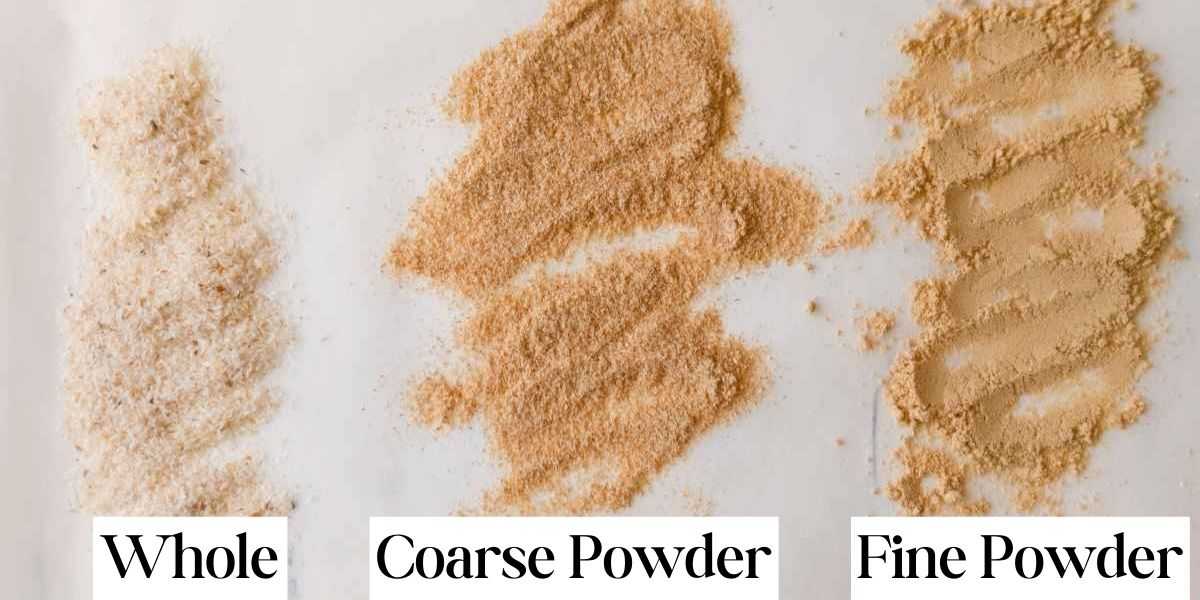
The difference: one type of powder is coarsely ground and another one is very finely ground.
The coarse powder is denser than whole husks but pretty much acts the same and can be used without making significant changes to the recipe. You might need to use less of it as it is denser but if you substitute 1:1 you won't ruin your recipe! The general rule is to use 85% of powder vs whole husks.
If you are using very fine powder, you need even less of it but not by much. Use a few grams less of fine powder than you would of the larger grind. Once you add psyllium powder to the water, start whisking immediately to prevent clumping!
In my experience, they won't tell you on the bag what kind of psyllium powder you are getting but you will be able to tell whether the powder resembles flour or if it has larger particles.
Blond psyllium husk
Sometimes the package will say "blond psyllium husk" but it doesn't always say that. The only reason blond psyllium husk is better is that it doesn't color your bread purple. In my experience, the only time my bread turned purple was when I used excessive amounts of psyllium husk POWDER (finely ground), never with whole husks. So, while it is something to look out for, it is not a crucial factor (unless your bread did turn purple).
Where to buy
You can check your grocery stores or special diet stores nearby to see if they carry psyllium husk. Here where I am from, I need to go to a special store to get it or I just order it online (which is easier AND cheaper).
Here are the whole husks you can order from Amazon and here is psyllium husk powder. But I recommend checking local stores for special diets as they might have better deals.
How much do you need?
The rule of thumb is to use 5% psyllium husk compared to the amount of GF flour. So, if you are using 400g of flour, you would need 20g of psyllium husk. This is a general rule but I do adjust it for some recipes, especially if I am using xanthan gum and psyllium husk together. If you don't know how much to use, go with the 5% rule!
When it comes to powder, the general recommendation is to use 85% of powder vs whole husks. If your bread turns purple, the chances are you used too much psyllium husk! So, if you are baking with finely ground powder, you might need to lower the amount of it if your baked goods turn purple.
Substitutes
Some people try using flax seeds instead of psyllium husk but the truth is that it is not the same. Psyllium husk is one of a kind and as of right now, there is no equal substitute for it. You can experiment with different substitutes if you absolutely can't have psyllium husk but keep in mind that they will not make your dough AS stretchy and flexible as psyllium husk will.
What To Make With It
My absolute favorite psyllium husk recipe is this gluten-free artisan loaf. You can also make delicious cinnamon rolls, moist sourdough bread, the fluffiest dinner rolls with sourdough, super flexible sourdough flatbread, delicious pizza crust, bagels, and more!
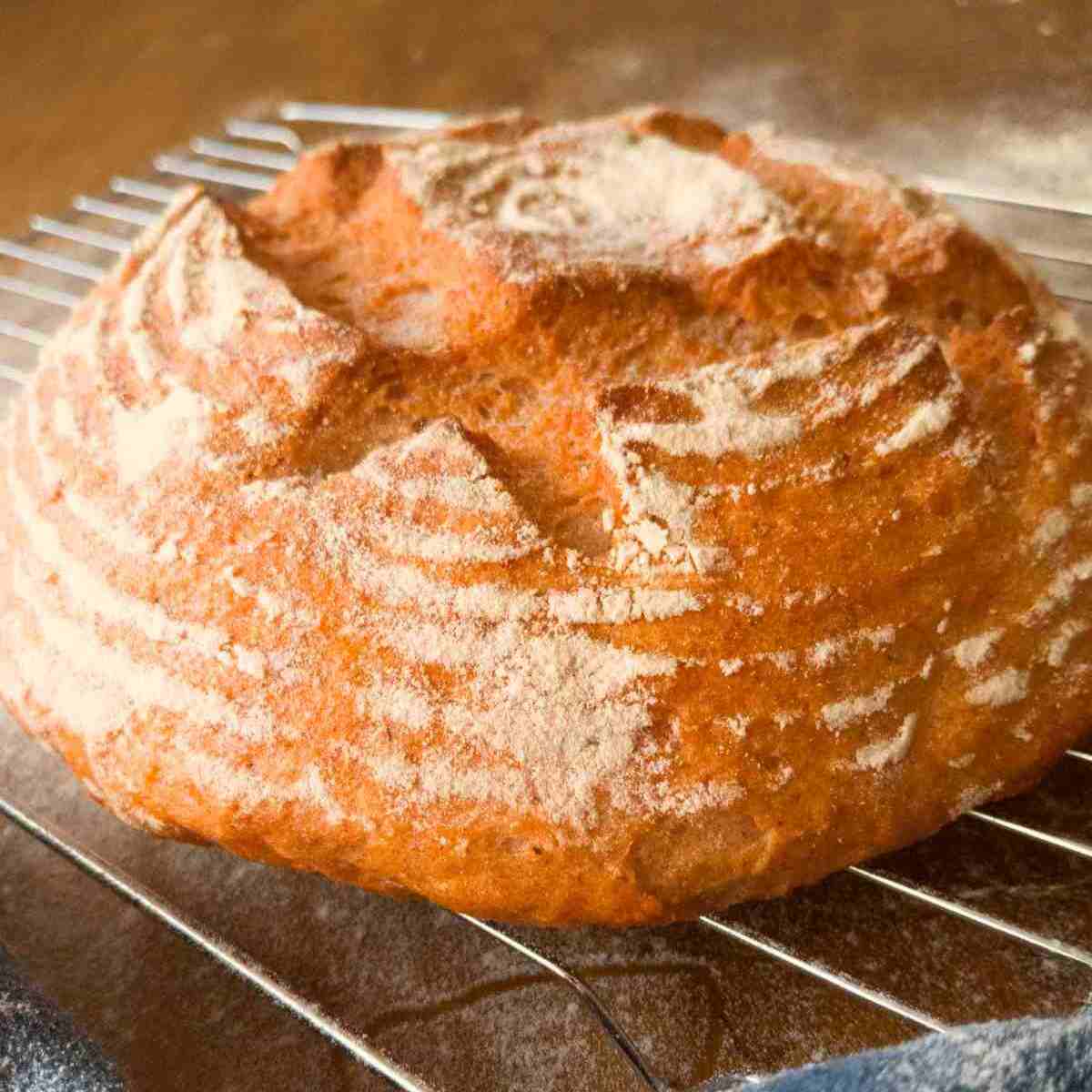

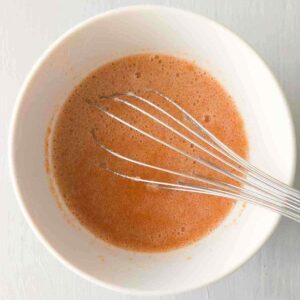
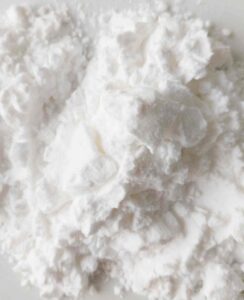
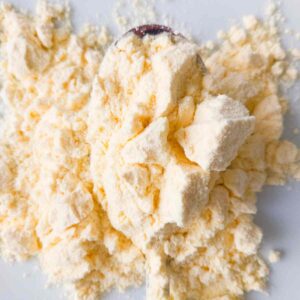
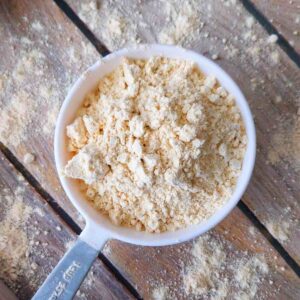
Janet Lord
Natasha, thank you for this very clear and concise explanation of Psyllium Husk, I have purchased and it used it in baking for a couple years now because recipes asked for it, however this is the first time I’ve really seen a proper explanation. I can’t wait to try some of your recipes.
Natasha Levai
Hi Janet! Thank you for your feedback! I am glad it was helpful to you!
Clarice da Silva
I’m new to G/F baking. I gag on bought G/F bread. I’m so glad and grateful I’ve come across your work. Going to try and see how I manage. Thank you, !
Natasha Levai
Excited for you to start making your own bread! 🙂
Donna Pierangeli
thank you so much for this article
Wanda
I have just started my sourdough starter and will soon start baking. I am so happy I found your site and can hardly wait to try some of these delicious recipes. Thank you so much!
Deanna Huston
Can I use Psyllium husk in a gluten free sourdough pie crust?
Natasha Levai
You can, although it is better to use xanthan gum.
Derek
So if I were trying to add this to a recipe (in my case a king cake), would I make a gel with the existing liquid in the recipe or use additional water to make the gel and still use the liquids called for?
Natasha Levai
Hi Derek! Use the liquid called for in the recipe.
DV
I would like to add psyllium husk to a chickpea flour pasta recipe. The recipe calls for 2.5 cups of chickpea flour and 3/4 cups of water. Based on your 5% rule it sounds like I would add 2 tbsp of whole psyllium husk? If you agree, would I need to add more water to the recipe and if so how much? Thank you!
Natasha Levai
It is best to use xanthan gum when it comes to making pasta. I have tried making GF pasta with psyllium and xanthan gum and I didn't notice psyllium acting any better. Rather, psyllium made it harder to handle the dough and figure out the ratios. Plus, Kat from the Loopy Whisk website who is a GF expert also recommends xanthan gum over psyllium husk for pasta. So, I wouldn't be able to guide you as to how much psyllium to add to make chickpea flour pasta!
Bob
Hi Natasha,
Thank you for posting this millet bread recipe. It rose just fine, looked great and popped out of the bread pan like a champ. I sliced into it and texture was good, slicing pretty thin with ease.
However, there is a problem: there is a harshness, a bitterness that takes over the taste when eaten. We are trying to figure it out. We actually had a bit of a sore throat after one slice.
I understand some people are allergic to psyllium. Could it be that? Or does it sound like some kind of chemical reaction in or from the mixture of ingredients?
We had bought fresh ingredients for this, so I don’t think it’s old/stale product. Any clues?
We used to enjoy millet bread from Deland, out of Florida, until recently when they started adding some form gluten into it.
We’ll keep trying!
Thanks,
Bob
Natasha Levai
Hi Bob! I can't advice you concerning allergy but it sounds like it could be something to look into. The bitter flavor is something that millet flour naturally has but it shouldn't be so strong as to ruin a sandwich! If the bitterness is too much, you can try adding 40-50% of brown rice flour in place of millet and see if it turns out better!
Daisy
Hi Natasha, it's really very useful for beginners. thank you I really appreciate. please help me understand below,
1. if we want to use both xanthum gum and psyllium husk what should be the % according to the gluten free flour?
2. for cakes and muffins xanthum cum to be used and for bread should use psyllium husk, to s that correct?
Natasha Levai
Hi Daisy!
1. It generally depends on a recipe! I use both xanthan gum and psyllium husk in my dinner rolls, cinnamon rolls, and pretzels. I believe it is about 8g of xanthan gum per recipe and 15-20g of whole psyllium husks.
2. Yes, muffins and cakes need xanthan gum instead of psyllium to have a crumbly and light texture vs. heavier and more bread-like.